5-Fingered Leaf Weed?
blakrab Centex
10 years ago
Featured Answer
Sort by:Oldest
Comments (16)
carol23_gw
10 years agoblakrab Centex
10 years agoRelated Professionals
Montgomeryville Landscape Architects & Landscape Designers · Pottstown Landscape Contractors · Berkeley Heights Landscape Contractors · Coeur d'Alene Landscape Contractors · Cornelius Landscape Contractors · Dickinson Landscape Contractors · Dunwoody Landscape Contractors · Fairfield Landscape Contractors · Lantana Landscape Contractors · Manhattan Landscape Contractors · North Chicago Landscape Contractors · North Lauderdale Landscape Contractors · Suitland Landscape Contractors · White Bear Lake Landscape Contractors · Agoura Hills Stone, Pavers & Concretesaltcedar
10 years agoblakrab Centex
10 years agosaltcedar
10 years agoblakrab Centex
6 years agorhizo_1 (North AL) zone 7
6 years agofizgig777 ╰⊰❀ Z7a ❀⊱╮
6 years agoJay 6a n.c. IL.
6 years agolast modified: 6 years agoblakrab Centex
6 years agolast modified: 6 years agoblakrab Centex
6 years agofloral_uk z.8/9 SW UK
6 years agolast modified: 6 years agoblakrab Centex thanked floral_uk z.8/9 SW UKJay 6a Chicago
6 years ago
Related Stories

EDIBLE GARDENSNatural Ways to Get Rid of Weeds in Your Garden
Use these techniques to help prevent the spread of weeds and to learn about your soil
Full Story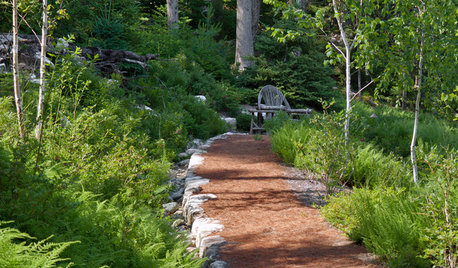
GARDENING GUIDES5 Things to Know About Weeding and Mulching Your Native Garden
What’s the best time to pull weeds? How thick should the mulch be? Here’s the scoop for a healthy landscape
Full Story
GARDENING GUIDES5 Ways to Naturally Win the Weed War
Show irksome weeds no mercy with these tricks for combating them sans chemicals
Full Story
GARDENING GUIDES5 Weed-Smothering Ground Covers
Let these landscape plants do the dirty work of choking out weeds while you sit back and enjoy the view
Full Story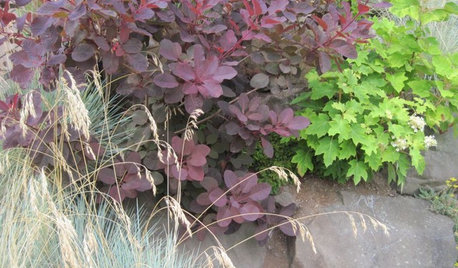
PURPLE FOLIAGE5 Purple-Leaf Majesties of Shrubs
Looking for beautiful depth and dynamism in your landscape? Just add purple
Full Story
GARDENING GUIDESWeed War: When and How to Use Chemical Herbicides
Before you spray, arm yourself with knowledge about which weed killers — natural or synthetic — are right for your yard
Full Story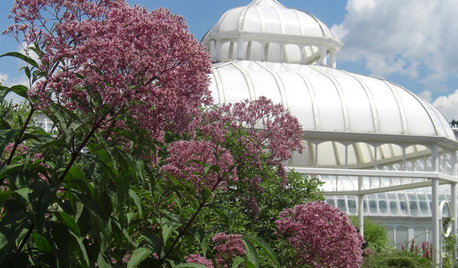
FLOWERSGreat Design Plant: Joe Pye Weed
This unsung beauty tolerates wet soil, provides beautiful late summer blooms and attracts butterflies and hummingbirds
Full Story
GARDENING GUIDESLet's Weed Out 4 Native Plant Myths
Plant wisely for a garden that supports pollinators and requires less work
Full Story
FALL GARDENING5 Ways to Put Fall Leaves to Work in Your Garden
Improve your soil and yard the organic way with a valuable garden booster that grows on trees
Full Story
EARTH DAY5 Ideas for a More Earth-Friendly Garden
Consider increasing the size of garden beds, filtering rainwater and using plants to reduce energy use
Full StorySponsored
Professional Remodelers in Franklin County Specializing Kitchen & Bath
More Discussions








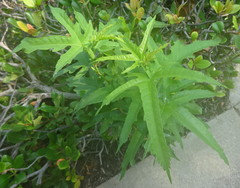


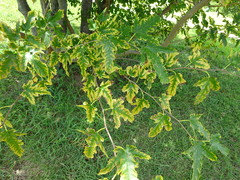

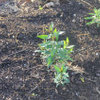



macranthos